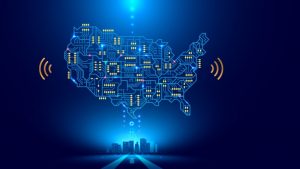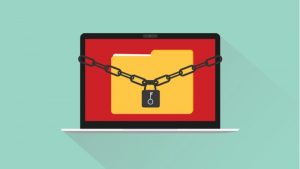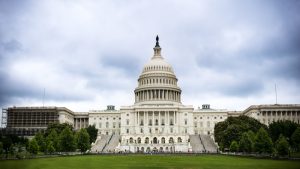The National Association of Secretaries of State (NASS) wrote to Congress on Jan. 6 to thank them for including $425 million in the fiscal year 2020 budget for election security purposes.
New York State has appointed Shoshanah Bewlay as executive director of the New York State Committee on Open Government, Secretary of State Rossana Rosado announced today.
In January, the 2020 U.S. Census officially begins, with the population count in remote parts of Alaska. By April 1, the process begins for the rest of the U.S. population. The census, conducted every 10 years, is the most important initiative of the U.S. Census Bureau, the Federal government’s largest statistical agency and the nation’s leading provider of quality data about its people and economy. The data collected by the census determines the number of seats each state has in the U.S. House of Representatives, and it is used to distribute more than $675 billion in Federal funds to local communities. This funding supports education, healthcare, infrastructure improvements, and more.
The National Association of State Chief Information Officers (NASCIO) released the State CIO Top 10 Priorities for 2020 on Dec. 11.
A delegation of 11 bipartisan Secretaries of State from across the United States have traveled to Israel with the American Jewish Committee’s (AJC) Project Interchange, the National Association of Secretaries of State (NASS) confirmed on Dec. 16.
Following a Dec. 13 cyberattack, the city of New Orleans has declared a state of emergency, according to court filings.
A new bill introduced in the House – the Strengthening State and Local Cybersecurity Defenses Act (H.R. 5394) – would require the Cybersecurity and Infrastructure Security Agency (CISA) to offer more outreach and support to state and local governments.
Rep. Robin Kelly, D-Ill., introduced legislation on Dec. 10 that would provide $40 million in grants for state and local governments to purchase gunfire detection technologies.













